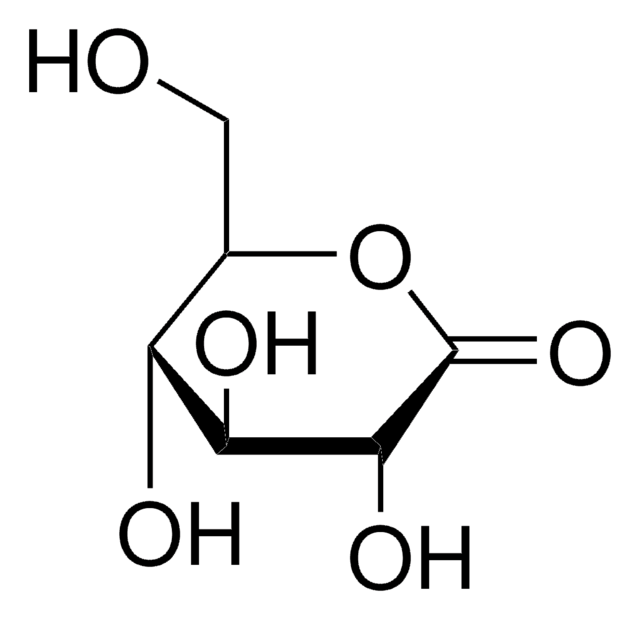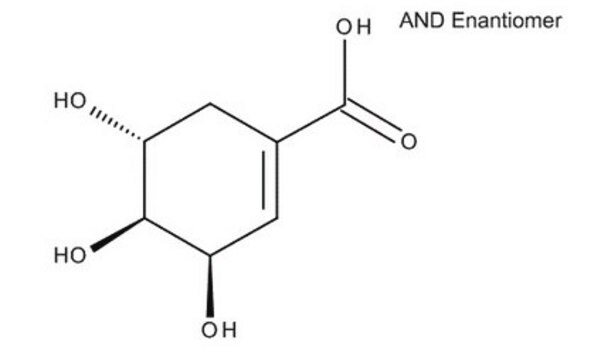260428
3-Ethoxy-1,2-propanediol
98%
Synonym(s):
3-Ethoxypropane-1,2-diol, Glycerol 1-ethyl ether
Sign Into View Organizational & Contract Pricing
All Photos(2)
About This Item
Linear Formula:
C2H5OCH2CH(OH)CH2OH
CAS Number:
Molecular Weight:
120.15
EC Number:
MDL number:
UNSPSC Code:
12162002
PubChem Substance ID:
NACRES:
NA.23
Recommended Products
Quality Level
Assay
98%
form
liquid
refractive index
n20/D 1.441 (lit.)
bp
222 °C (lit.)
density
1.063 g/mL at 25 °C (lit.)
SMILES string
CCOCC(O)CO
InChI
1S/C5H12O3/c1-2-8-4-5(7)3-6/h5-7H,2-4H2,1H3
InChI key
LOSWWGJGSSQDKH-UHFFFAOYSA-N
Looking for similar products? Visit Product Comparison Guide
Related Categories
General description
3-Ethoxy-1,2-propanediol (also known as glycerol α-ethyl ether) is primarily used as a solvent in various industries, including pharmaceuticals, cosmetics, and coatings. It can also be used as a substrate in the synthesis of cyclic phosphates for use in flame retardants.
Application
3-Ethoxy-1,2-propanediol (EGE) can be used as a crosslinking agent in the development of poly(glycidol) hydrogels for use in various biomedical applications such as tissue engineering and drug delivery. It is also used as a potential component in a bio-based solvent system for dissolving or processing nitrocellulose.
3-Ethoxy-1,2-propanediol can be used as:
3-Ethoxy-1,2-propanediol can be used as:
- An analyte protector in gas chromatographic analysis of pesticides.
- An acceptor substrate in glycosylation reaction by sucrose phosphorylase.
Signal Word
Warning
Hazard Statements
Precautionary Statements
Hazard Classifications
Skin Irrit. 2
Storage Class Code
10 - Combustible liquids
WGK
WGK 2
Personal Protective Equipment
dust mask type N95 (US), Eyeshields, Gloves
Choose from one of the most recent versions:
Already Own This Product?
Find documentation for the products that you have recently purchased in the Document Library.
Customers Also Viewed
Lijun Han et al.
Journal of agricultural and food chemistry, 66(20), 4986-4996 (2017-11-15)
In this study, analytical results were compared when using different approaches to bulk food sample comminution, consisting of a vertical chopper (Blixer) at room temperature and dry ice cryogenic conditions, followed by further subsample processing (20 g) using liquid nitrogen
Lucia Ivorra et al.
Chemosphere, 235, 662-669 (2019-07-06)
Uptake and depuration kinetics of 4,4'-dichlorobenzophenone (main metabolite of dicofol) in the edible clam Meretrix meretrix were evaluated through a mesocosm experiment. M. meretrix was exposed to different dicofol concentrations (environmental concentration, D1 = 50 ng/L; supra-environmental concentration, D2 = 500 ng/L) for 15 days, followed by
Jian Du et al.
Scientific reports, 6, 38355-38355 (2016-12-08)
The presence of pesticides in human milk (HM) is of great concern due to the potential health effects for the breastfed infant. To determine the relationships between HM pesticides and infant growth and development, a longitudinal study was conducted. HM
Jian Du et al.
Chemosphere, 167, 247-254 (2016-10-12)
Persistent organic pollutants in human milk (HM) at high levels are considered to be detrimental to the breastfed infant. To determine the pesticide concentration in HM, a pilot cross-sectional study of 40 Western Australian (WA) women was carried out. Gas
Jimi Cho et al.
Food additives & contaminants. Part A, Chemistry, analysis, control, exposure & risk assessment, 33(12), 1803-1816 (2016-09-14)
The analysis of pesticides in food products requires accurate measurements for which standardised protocols have been developed. This paper reports the validation of QuEChERS (quick, easy, cheap, effective, rugged, and safe)-based methods applied to three different food samples (brown rice
Global Trade Item Number
| SKU | GTIN |
|---|---|
| 260428-1G | 4061838252760 |
Our team of scientists has experience in all areas of research including Life Science, Material Science, Chemical Synthesis, Chromatography, Analytical and many others.
Contact Technical Service






